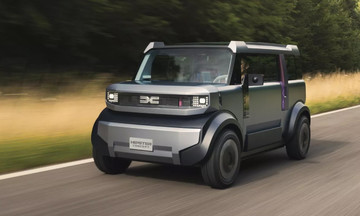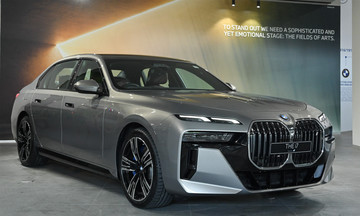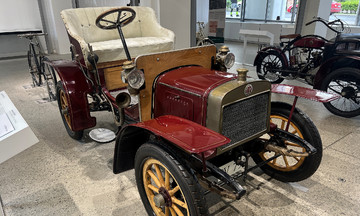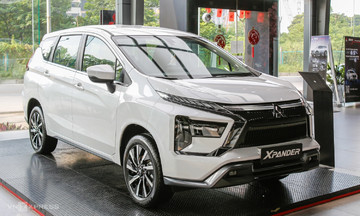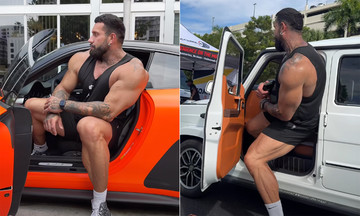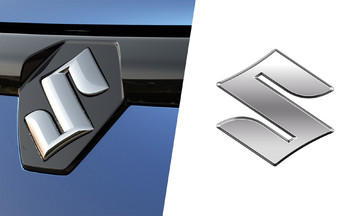Toyota has launched the e-Palette, an all-electric shuttle designed for various mobility services, in its home market of Japan. Developed with autonomous driving hardware and software, the e-Palette can also function as a mobile shop or service center. After years of concept development and prototyping, this unique electric vehicle is officially on sale.
The project began with the e-Palette concept model unveiled at CES in 2018. A redesigned version followed for the 2021 Tokyo Olympics. Toyota further refined the design, leading to this first commercial e-Palette release.
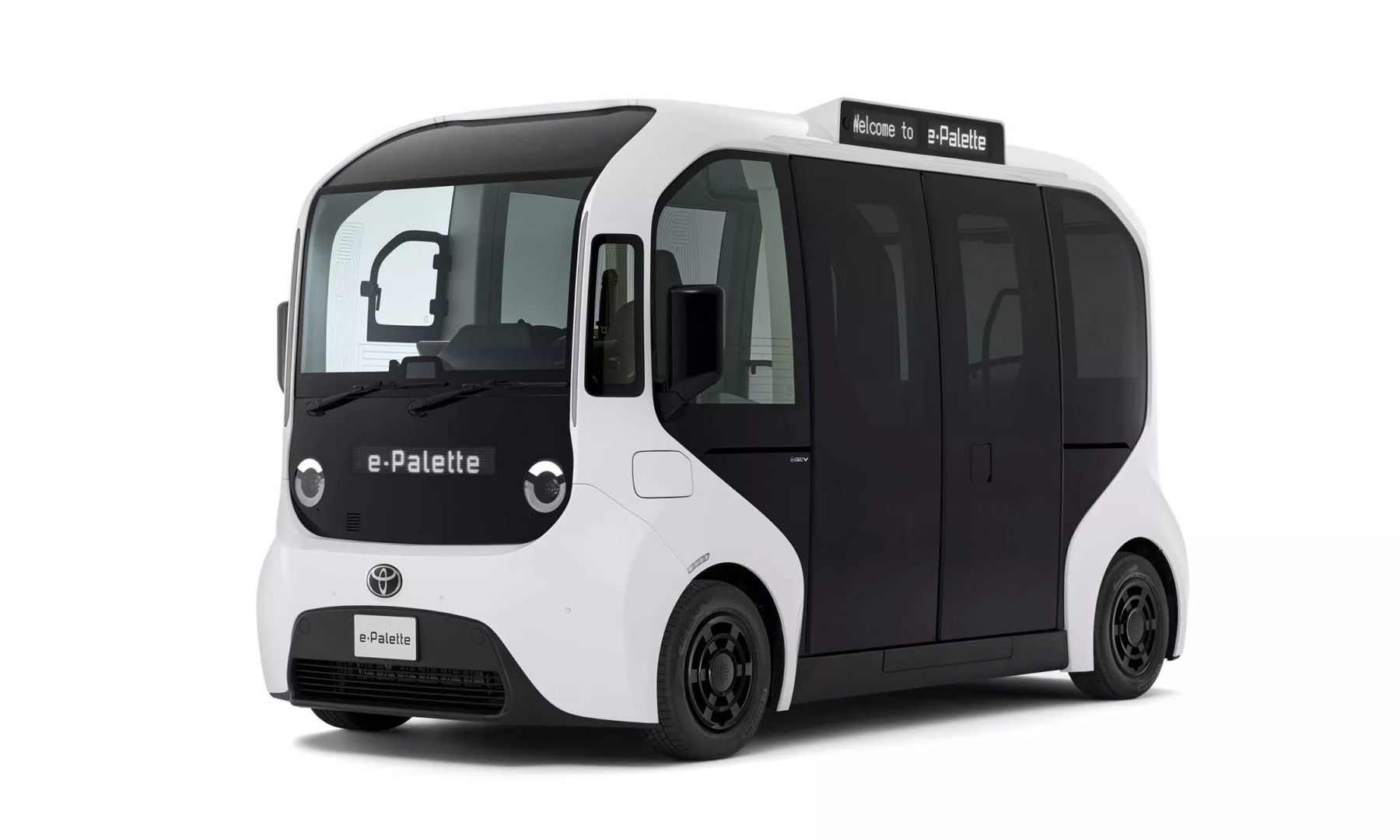 |
The e-Palette's distinct shuttle-like appearance comes from its boxy, symmetrical design, small wheels, and large glass panels. Photo: Toyota
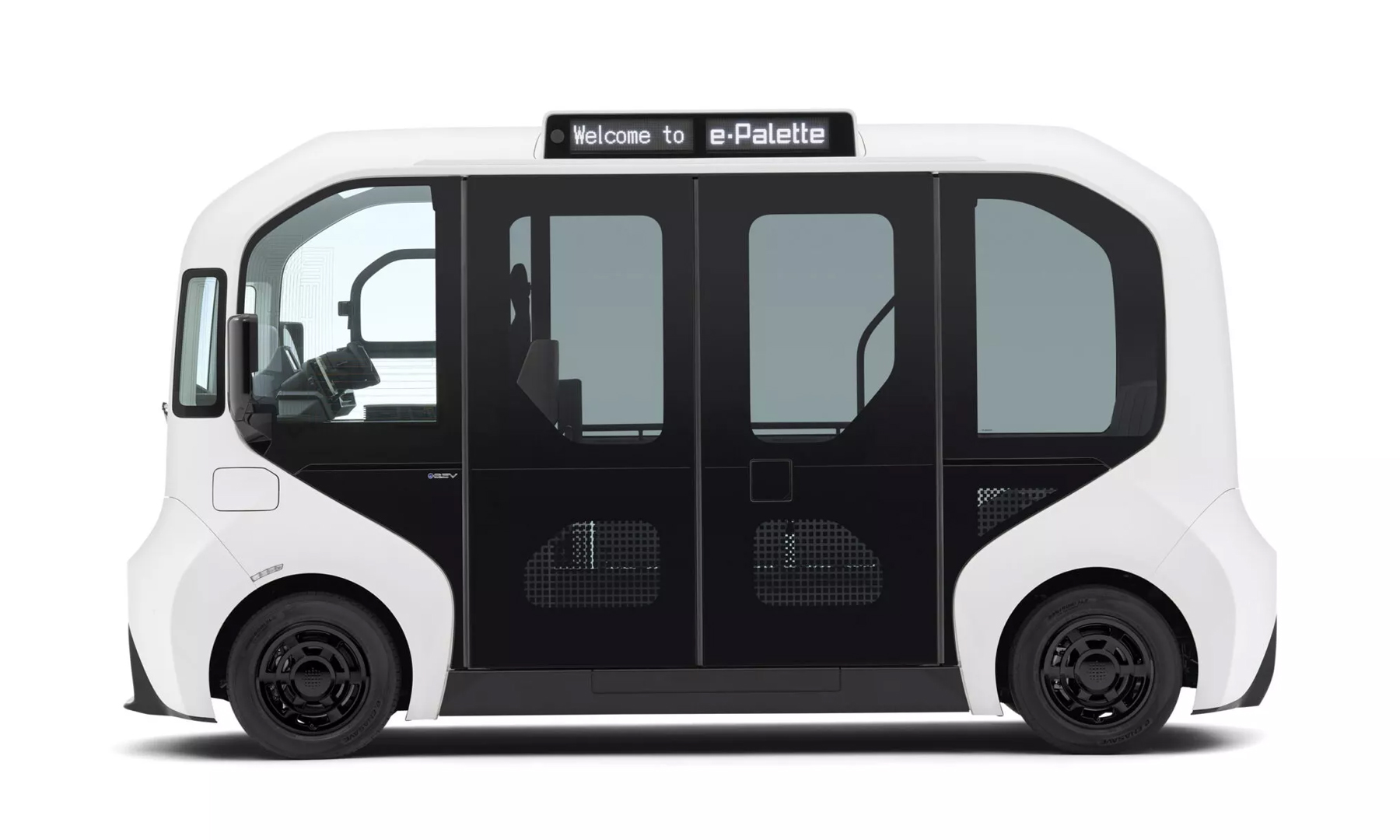 |
The e-Palette is 4,950 mm long, comparable to the Land Cruiser Prado.
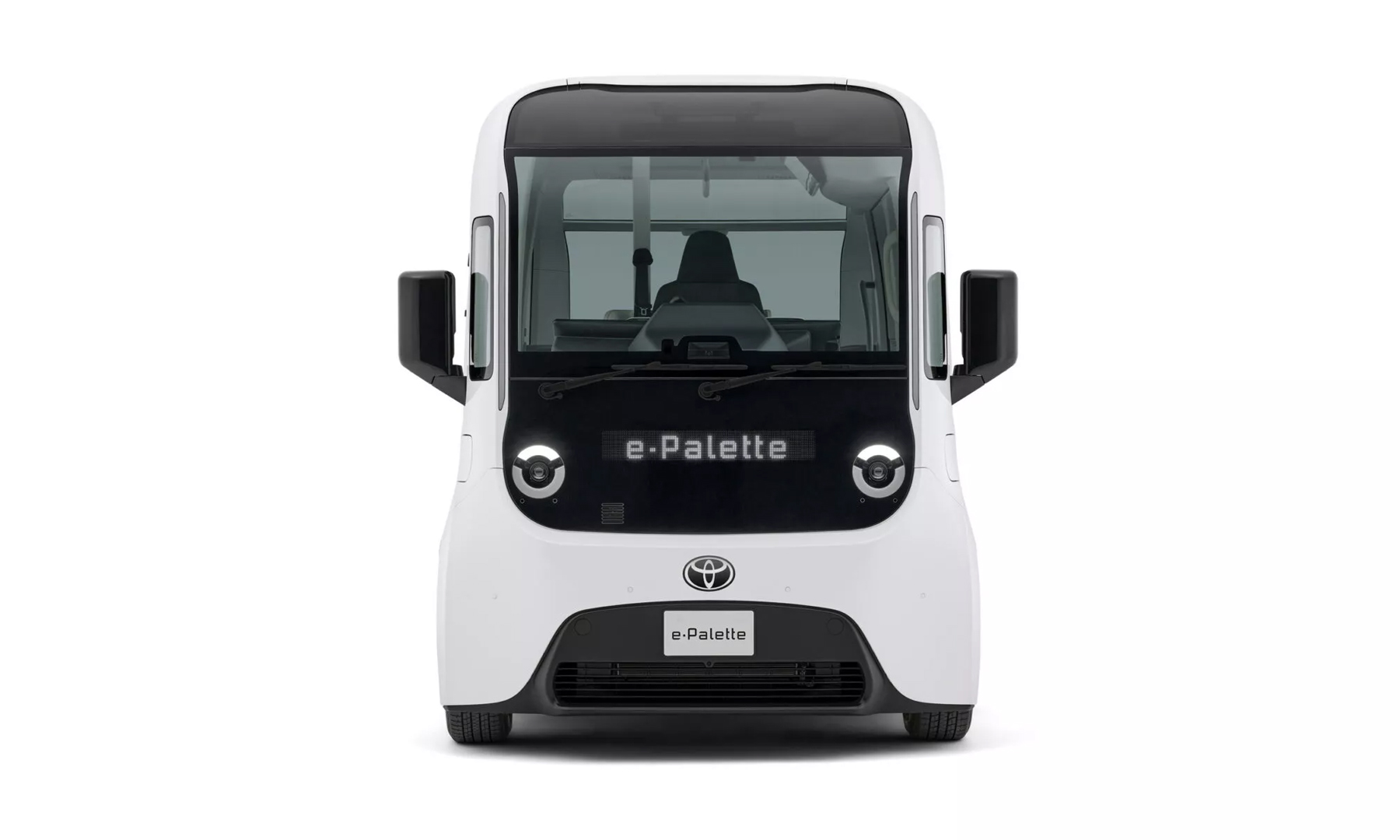 |
The front features round LED headlights, a customizable digital signboard, and a repositioned Toyota logo above the bumper's air intake.
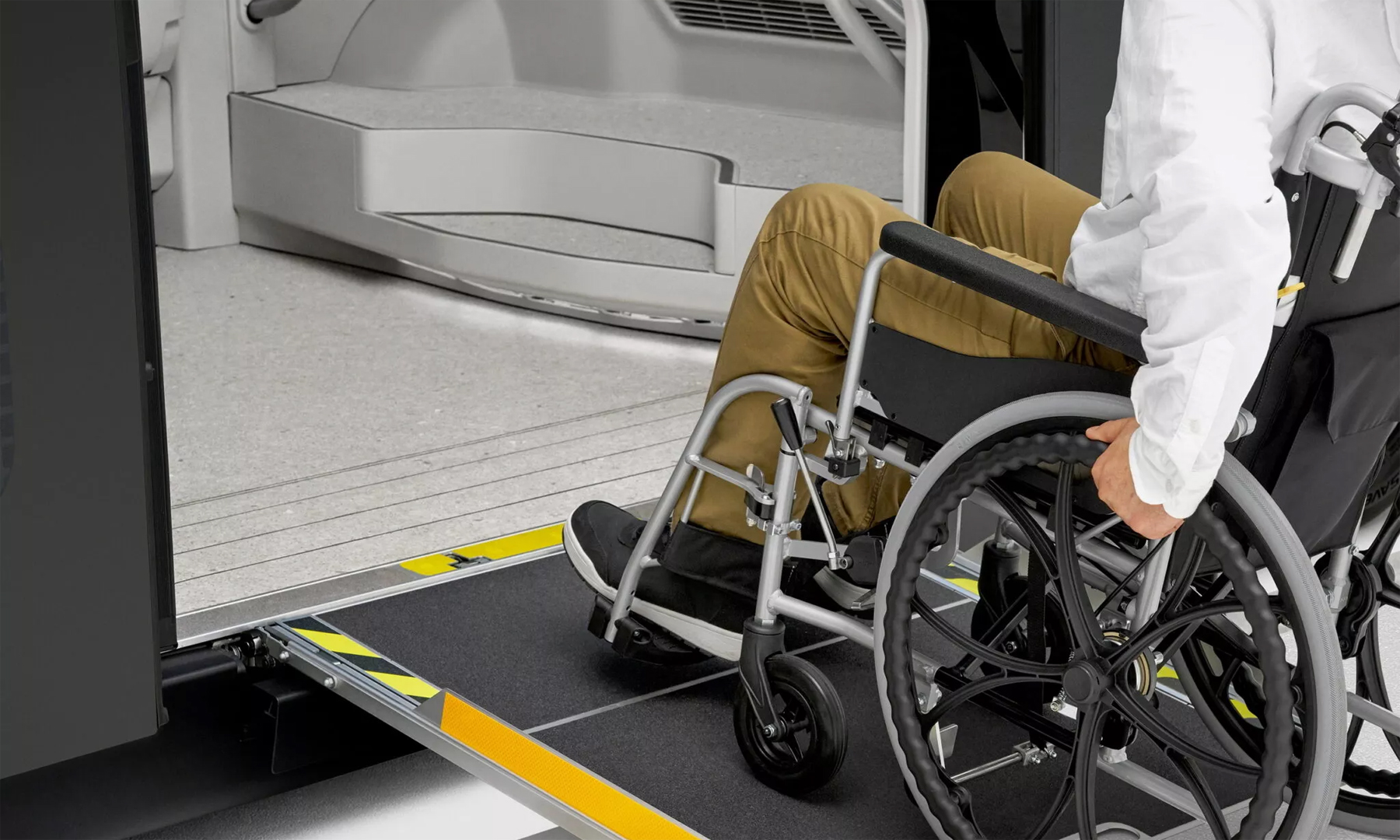 |
Wide sliding doors and a deployable ramp facilitate easy entry and exit, especially for wheelchair users and strollers.
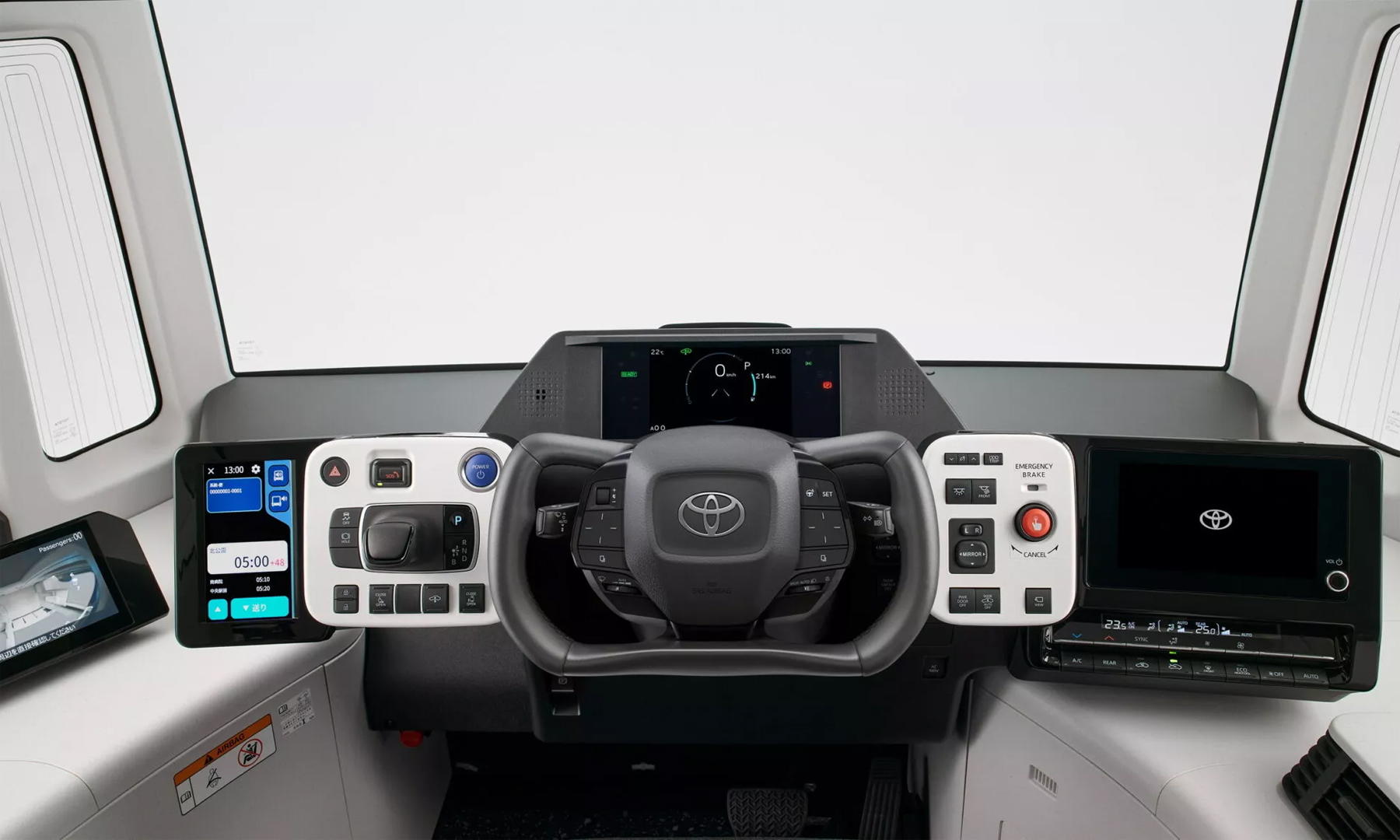 |
The dashboard includes a central digital instrument cluster, an infotainment screen, another touchscreen on the left, and a fourth screen for cabin monitoring.
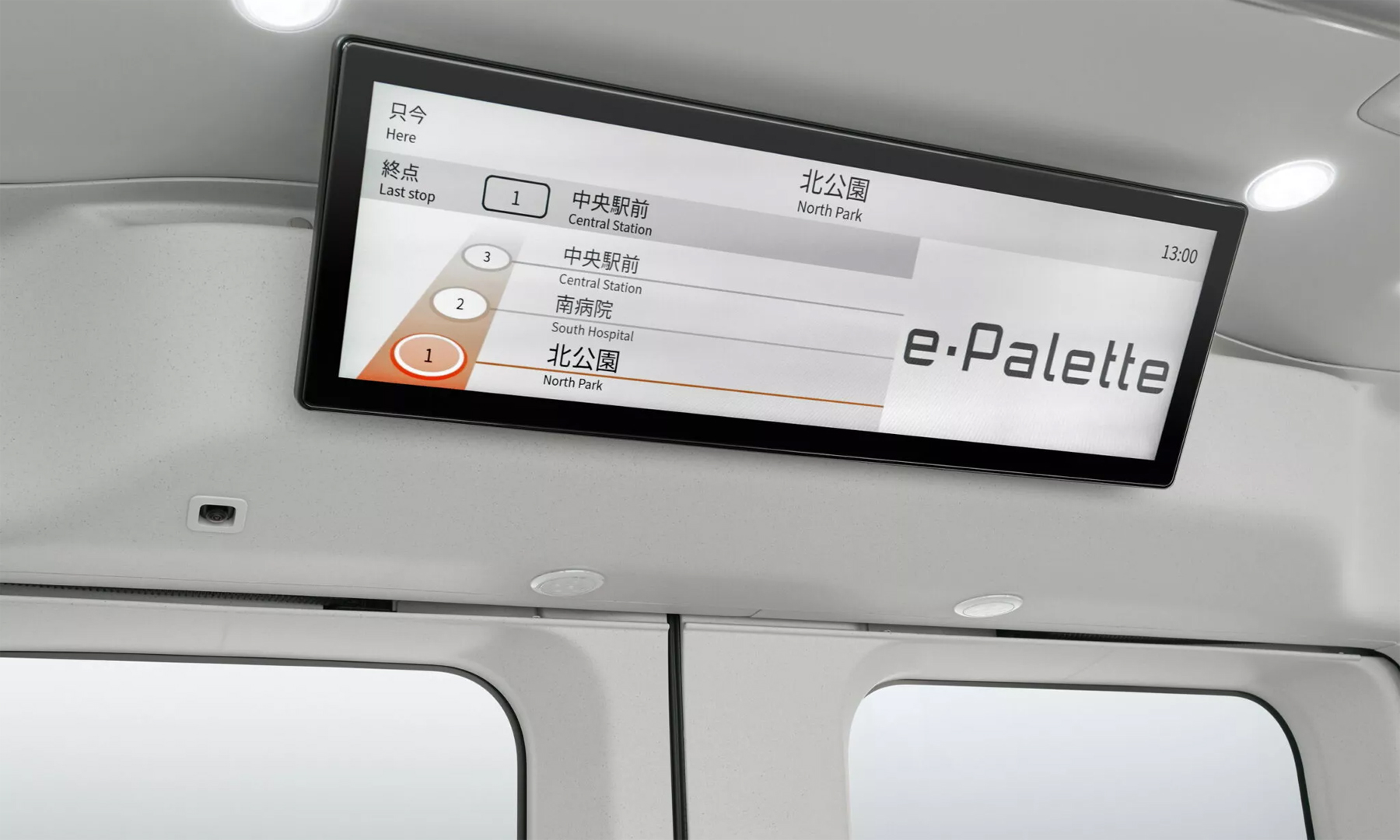 |
Buyers can also opt for a wheelchair locking system and a large overhead digital display.
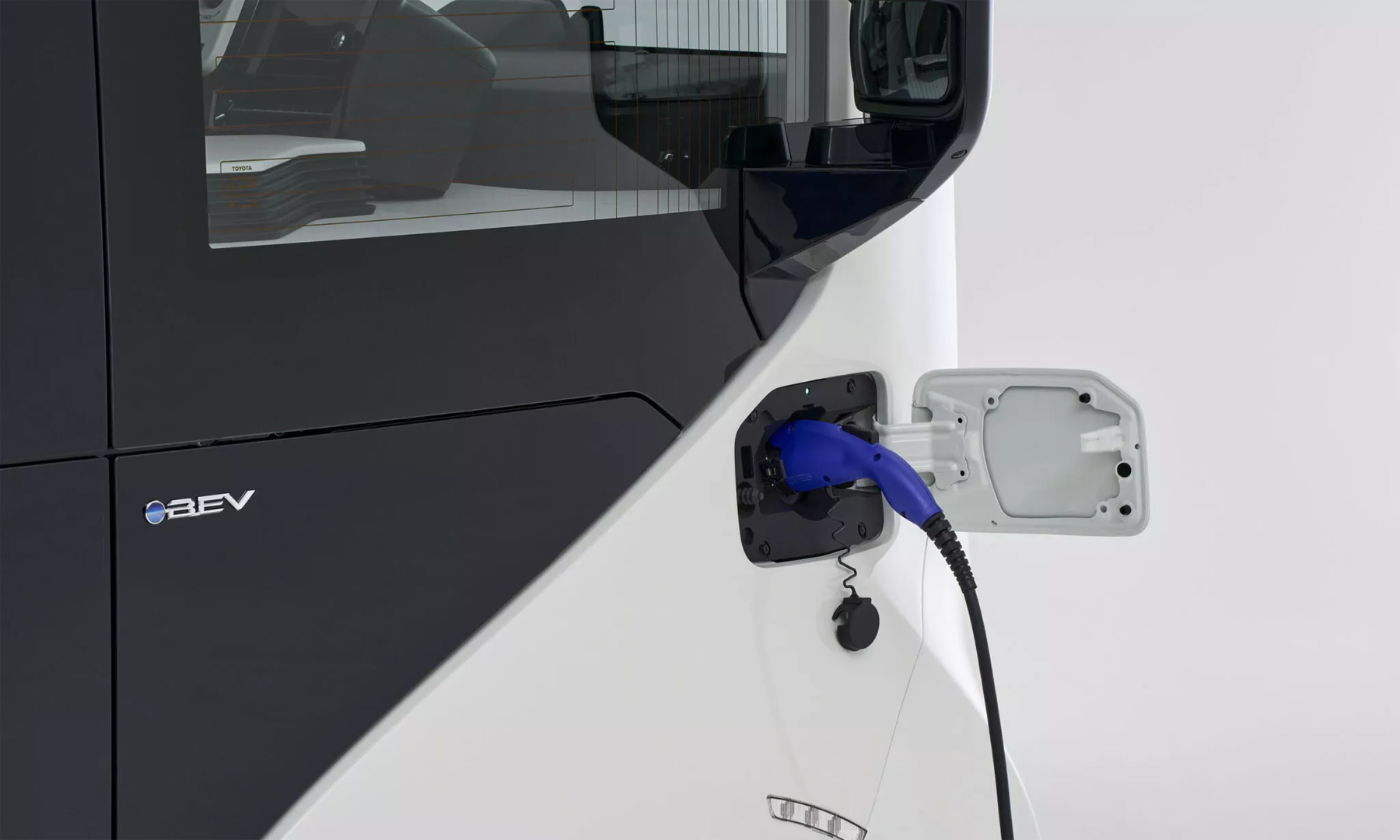 |
Toyota claims the battery can reach an 80% charge in about 40 minutes using fast charging or 12 hours from a standard outlet.
The production e-Palette largely retains the original concept's DNA. The boxy, symmetrical shape, small wheels, and expansive glass panels create a distinctive shuttle-like aesthetic. Round LED headlights, a customizable digital signboard, and a repositioned Toyota logo above the bumper air intake define the front end.
Toyota added larger side windows and slim turn signals on the windshield frame. The rear mirrors the front, with the exception of red taillights.
Unlike earlier passenger-only prototypes, the production e-Palette features a central driving position with a yoke-style steering wheel and electronic power steering. The dashboard houses a central digital instrument cluster, an infotainment screen to the right, another touchscreen to the left, and a fourth screen for monitoring the cabin. Physical buttons on two control panels manage essential functions.
A low, adjustable floor, wide sliding doors, and a deployable ramp ensure easy access, particularly for wheelchair users and parents with strollers. Four fixed seats are arranged in a row at the back, with three additional folding seats in the middle. Toyota states the cabin can accommodate 17 people: 12 standing, 4 seated, and the driver.
Optional features include a wheelchair locking system and a large overhead digital display, reminiscent of public transport design. The interior layout is customizable, allowing the e-Palette to transform into an entertainment space or pop-up shop. Toyota envisions the e-Palette shuttling passengers in the morning, becoming a food truck at lunchtime, and then serving as a sports-viewing area in the evening while charging.
While previous prototypes offered full autonomous driving capabilities (with a safety supervisor), the production e-Palette currently offers Level 2 driver assistance. However, Toyota emphasizes the vehicle's "autonomous driving-ready" design, allowing for upgrades to higher levels of autonomy through optional third-party hardware and software packages known as "autonomous driving kits."
Toyota plans to conduct autonomous driving demonstrations with dealers and local governments in Japan, aiming to launch Level 4 autonomous vehicles in the fiscal year 2027, ending 30/3/2028.
The e-Palette measures 4,950 mm in length, similar to the Land Cruiser Prado. However, it differs significantly in width and height, measuring 2,080 mm and 2,650 mm, respectively. It also has a substantial weight of 2,950 kg.
Power comes from a single electric motor producing 201 horsepower and 266 Nm of torque, with a top speed limited to 80 km/h. This is a significant improvement over the prototype's 20 km/h top speed at the Olympics.
A 72.82 kWh battery pack provides a range of up to 250 km. Toyota claims 80% fast charging takes about 40 minutes, while a standard outlet requires 12 hours. The vehicle can also serve as a backup power source.
The Toyota e-Palette is listed in Japan at 29 million yen ($196,400) before options. This price is nearly double that of the GR Supra Final Edition and surpasses even the 27 million yen ($182,800) flagship Century SUV, making it the most expensive vehicle in Toyota's lineup.
Generous subsidies from the Japanese Ministry of the Environment can reduce the price by up to 15,835,000 yen ($107,200). Toyota has not disclosed production numbers but stated that the e-Palette will be built to order, partially explaining the high cost.
Initially, the e-Palette will be used at the Toyota Arena Tokyo and surrounding areas, as well as at the future Toyota Woven City in Japan.
My Anh (via Carscoops)




